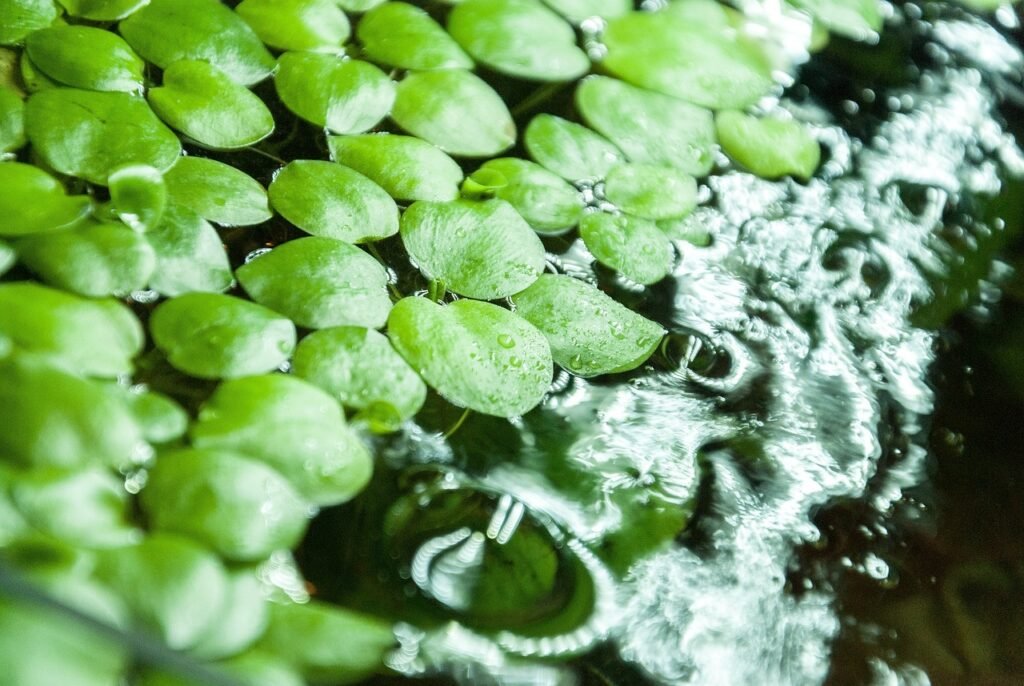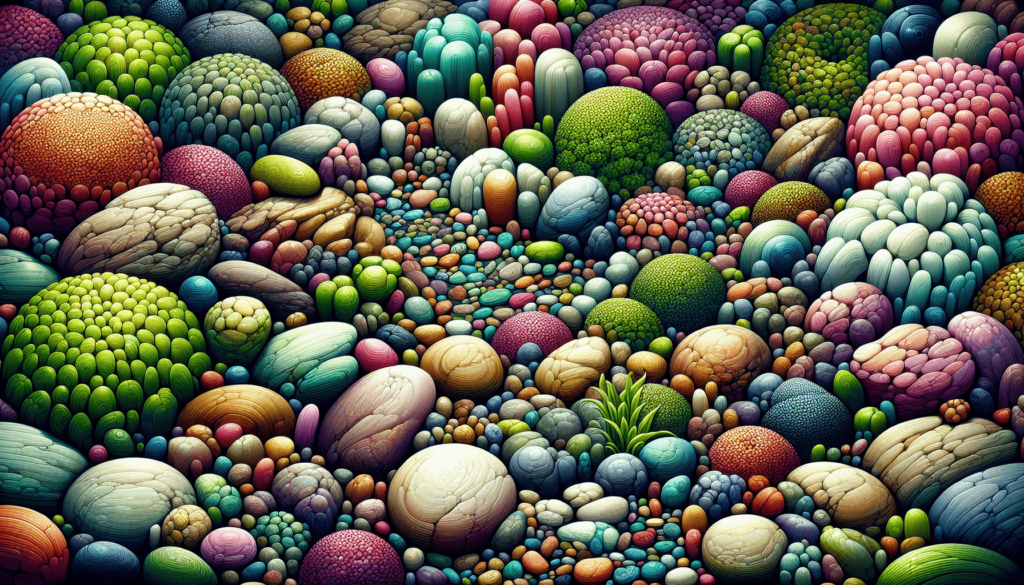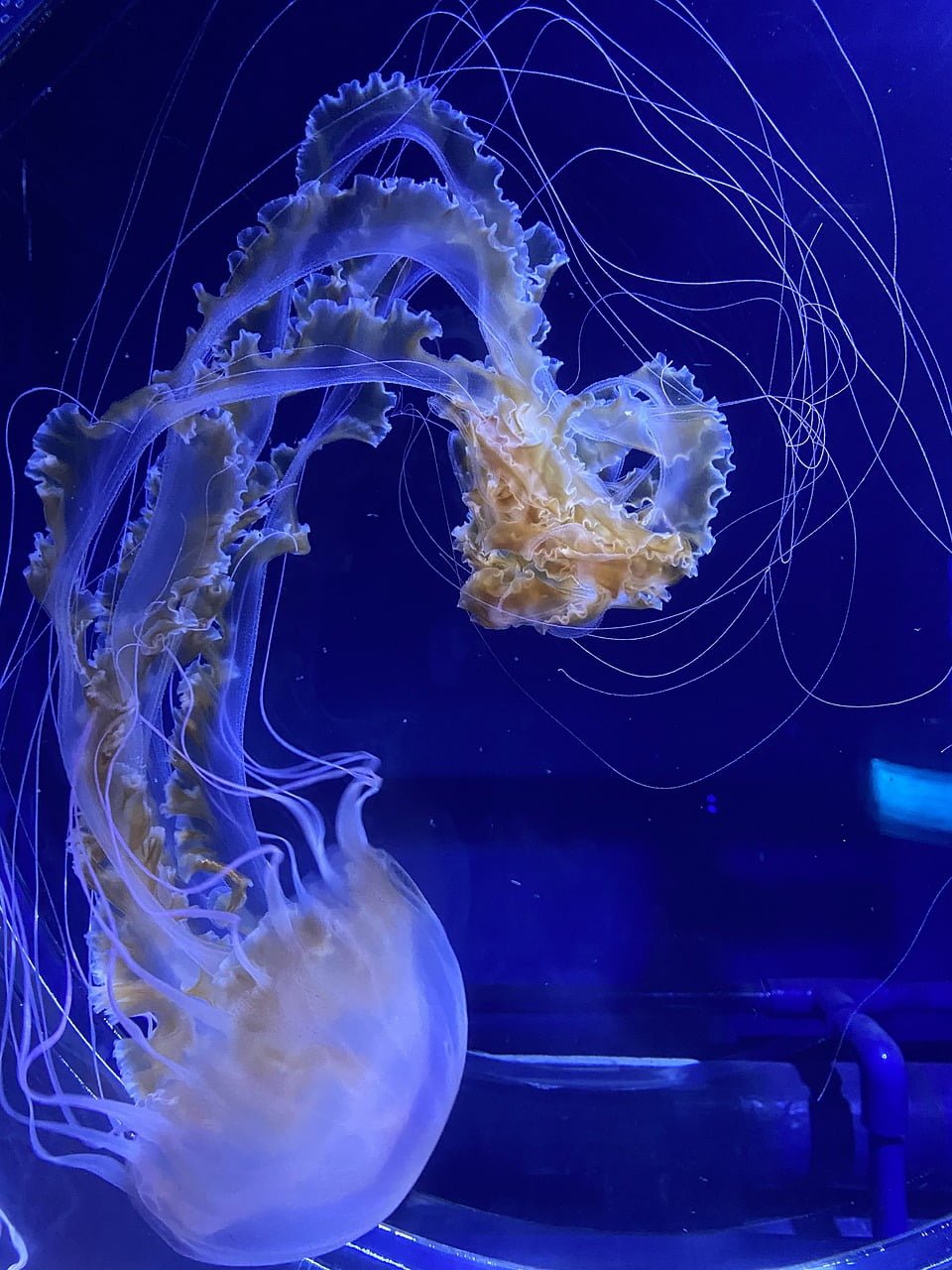Imagine you’re creating a magical underwater world for your fish, where every rock tells a story. Choosing the right aquascaping stones isn’t just about picking the prettiest ones; it’s an art and a science that helps bring your aquarium to life! This journey through the art and science of selecting aquascaping stones will unlock the secrets of crafting a perfect underwater landscape. You’ll learn about the history of aquascaping, what the current trends are, and why it’s so important to make the right choice. From understanding different stone types to seeing how each one can change the look and feel of your aquarium, this article is your treasure map to creating a dazzling underwater world that your fish will love. Plus, you’ll get to dive into some cool examples and explore what the future might hold for aquascaping. So, grab your explorer’s hat, and let’s start our adventure into the fascinating world of aquascaping stones!

Understanding Aquascaping Stones
Have you ever wondered how beautiful underwater scenes are created in aquariums? Well, one secret behind those mesmerizing views is aquascaping stones. Let’s dive deep into the world of aquascaping stones and discover their magic together!
Definition of Aquascaping Stones
Aquascaping stones are special rocks used to decorate aquariums. Just like you arrange toys to create a theme or scene, these stones are placed in a fish tank to make an underwater landscape that looks like a garden.
Importance of Aquascaping Stones in Aquatic Ecosystems
These stones are not just for decoration. They play a big role in the lives of the fish and plants living in the aquarium. They can hide, rest, or play around the stones, just like you would in a playground. The stones also help keep the water clean and safe for the fish, kind of like a filter.
Different Types of Aquascaping Stones
There are many kinds of stones that can be used, each with its own special look and feel.
Lava Rocks
Lava rocks are lightweight and have lots of holes. They come from volcanoes and can help plants in the tank by holding nutrients in their little holes.
Slate Stones
Slate stones are flat and can be stacked easily, making them great for building underwater cliffs or steps. They come in shades of gray and black.
Seiryu Stones
Seiryu stones are very popular because they have cool textures and colors. They can make your aquarium look like a mini mountain range.
Dragons Stones
Dragon stones look like they have dragon scales! They are great for making your aquarium look ancient and mysterious.
Ohko Stones
Ohko stones, also known as Dragon Stone, have a unique, rugged appearance with lots of holes and crevices. They make perfect hiding spots for small fish.
The Science behind Choosing Aquascaping Stones
When picking stones, it’s not just about how they look. You have to think about how they will affect the water.
Understanding the Chemistry of Aquascaping Stones
Some stones can change the water’s chemistry, making it harder or changing its pH (which is like how sour or bitter the water is). This is important because fish and plants need certain conditions to be happy and healthy.
pH and Hardness Levels of Different Stones
Lava rocks and slate stones are usually safe and don’t change the water much. But Seiryu stones can make the water harder and change its pH, so you have to be careful when using them, especially if your fish need softer water.
Potential Impact on Aquatic Life
The wrong type of stone can make it hard for some fish and plants to live in the tank. So, it’s like choosing the best home for your fish friends and making sure they’re comfortable.
The Art of Aquascaping with Stones
Creating an underwater scene with stones is like making art. You get to design a beautiful and natural-looking environment.
Creating a Visual Structure with Stones
You can use stones to make different shapes and layers in your aquarium, like mountains, valleys, or even caves. Think about where each stone will go to make your aquarium look its best.
Balancing Colours and Textures
Mixing different types of stones can make your aquarium look really interesting. But remember, it’s like picking clothes; you want them to look good together!
Creating Depth and Scale with Stones
By placing larger stones at the front and smaller ones at the back, you can make your aquarium look deeper than it really is. It’s a neat trick to make everything look even cooler!

Case Study: Successful Aquascape Design with Stones
Let’s imagine an aquarium that looks like a tiny underwater forest with mountains. The aquascaper used Seiryu stones to create tall, rugged mountains and slate stones for flat areas. The choice of Seiryu stones added beauty with their detailed texture, but the aquascaper had to make sure the water stayed just right for the fish and plants. In the end, the fish had fun places to explore, and the plants had nice spots to grow on, making a happy home for everyone.
Common Pitfalls in Stone Selection for Aquascaping
When picking stones, there are a few mistakes people sometimes make.
Choosing the Wrong Stone Type for Your Aquatic Life
Not all fish and plants can live with any stone. It’s like some people can’t eat certain foods. You must pick the right stones for your fish and plants.
The Danger of Using Unprepared Stones
Stones from outside can be dirty or have harmful stuff on them. They should be cleaned very well before putting them in your aquarium.
Issues with Scaling and Placement of Stones
If stones are too big or placed awkwardly, your fish might not have enough space to swim or might not feel safe.

Proper Preparation of Aquascaping Stones
Cleaning and Sterilizing Stones
You need to wash the stones and sometimes boil them to make sure they are super clean and safe for your aquarium.
Testing Stones for Suitability
Doing a small test to see if the stone changes the water’s chemistry is a smart move. You don’t want any surprises after you put them in your tank.
Comparison: Natural Stones vs Manufactured Aquascaping Stones
There are stones found in nature, and then there are stones made by people specifically for aquariums.
Pros and Cons of Natural Stones
Natural stones look awesome and are unique, but you have to be sure they’re safe. Sometimes they can be too big or heavy.
Pros and Cons of Manufactured Stones
Manufactured stones are made to be safe for aquariums, and you can find the perfect size and shape. But, they might not look as natural or unique as real stones.

The Impact of Stones in Aquascape Maintenance
Alteration of Water Chemistry
Remember, some stones can change the water over time. You have to keep checking the water to make sure it stays healthy for your fish and plants.
Influence on Aquatic Life and Plant Growth
Stones can offer hiding spots and places for plants to attach, which is great. But if the water changes too much because of the stones, it could be a problem for some living things in the tank.
Future Trends in Aquascaping with Stones
Predicted Changes in Stone Selection
We might see more safe and natural-looking manufactured stones, as people want unique but safe options for their tanks.
Development of New Types of Manufactured Stones
Scientists and designers could work together to make even better stones that look cool and are perfect for aquarium life.
Impact on Aquascaping Design Techniques
New types of stones might lead to new designs and ideas for aquascaping. It’s an exciting time to see what will happen next!
By understanding the different types of aquascaping stones, how they affect the water, and how to choose and prepare them, you can create a beautiful and healthy underwater world. Remember, it’s all about making a happy and safe home for your fish and plants, all while creating a stunning view to enjoy.




